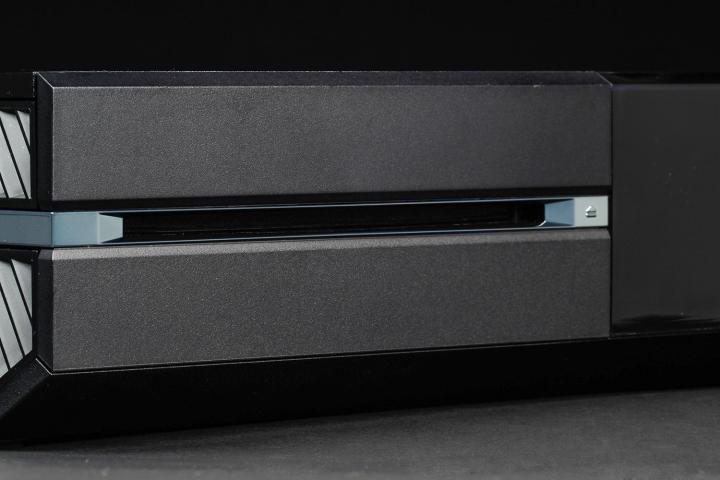
There was a time before the Xbox One launched in 2013 that Microsoft considered doing away with the console’s Blu-ray disc drive completely, as Microsoft Studios head Phil Spencer told OXM UK in a recent interview. “Obviously, after the announcement and E3, there was some feedback about what people wanted to change,” he said. “There was a real discussion about whether we should have an optical disc drive in Xbox One or if we could get away with a purely disc-less console, but when you start looking at bandwidth and game size, it does create issues.”
Presumably, it’s the flood of negative feedback that surfaced following the Xbox One announcement (along with Sony’s E3 2013 revelations) that dissuaded Microsoft from pursuing a disc-less console. The always-online requirements and restrictive policy on used games/game trading that accompanied the original hardware reveal came under fire almost immediately. Removing the Xbox One’s disc drive – which, on the plus side, would have cut costs and likely allowed for a speedier solid-state (or SSD hybrid) storage solution – would have simply reinforced those unpopular policies.
As Spencer told OXM, “So we decided – which I think was the right decision – to go with the Blu-ray drive and give the people an easy way to install a lot of content. From some of those original thoughts, you saw a lot of us really focusing on the digital ecosystem you see on other devices – thinking of and building around that.”
Both the Xbox One and the competing PlayStation 4 promise day-and-date online storefront releases to compete with physical boxed copies available from brick-and-mortar and online retailers. The chief advantage of downloading a game versus buying it on disc is the convenience of not having to swap discs if you want to switch to another game. Given the rising popularity of other virtual storefronts, it is conceivable that we’ll see one or both consoles from Microsoft and Sony move more in a digital-only direction as this latest hardware generation evolves.


